| Your browser is not supported. | ||
|
Please browse our site using any of the following options:
| ||
Hiking the Kokoda Trail
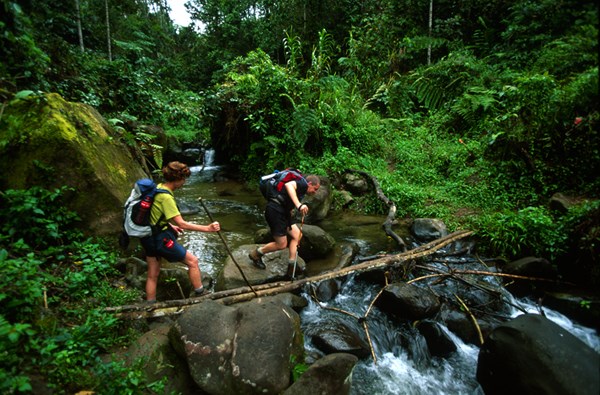
Quick Facts
Your next adventure: Kokoda Track
Where in the world: Papua New Guinea
Activity: Hiking, Historical
Difficulty: There are many options of how you go about the trek, but in any case, you will need to be well prepared. This is not for the faint-hearted.
Wrap up: Life changing. The setting of one of biggest battles in Australia's history still resonates in the national consciousness today, and it's more than just a tough trek - this is about understanding the battle fought by Australians in World War II.
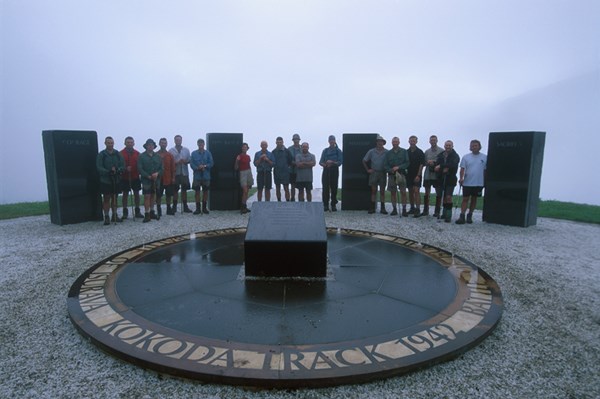
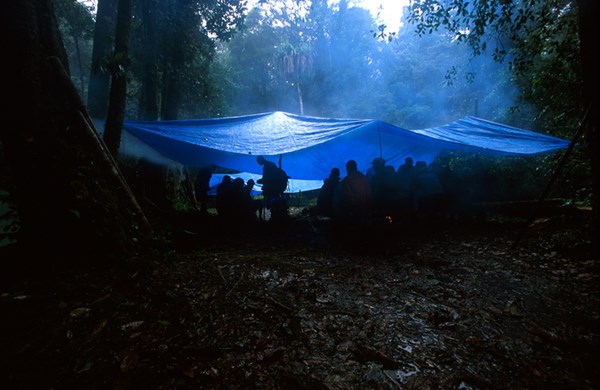
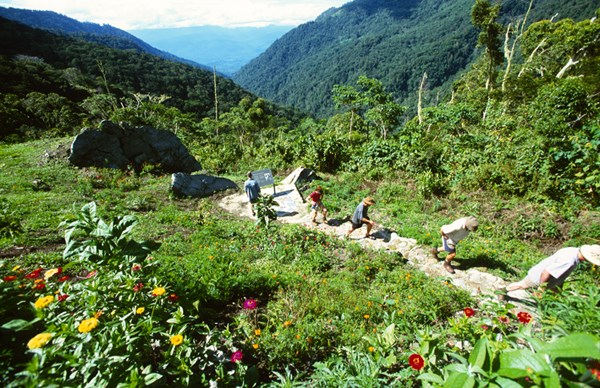
The Kokoda Track
"Understand... After walking the Kokoda Track over a dozen times now you might wonder why I keep going back. I smile to those who ask, knowing they have not been there or they would not ask the question for those who go.
Understand...To walk the track steeped in so much history and to share the experience with a group of people on their "first crossing" is always a unique and rewarding journey. Sure there is challenge both physical and mental, sure there is bonding within the group, friendships made that last for ever. A sense of accomplishing a tough challenge head on and experiencing the fantastic jungle and people of the region is awesome.
For me as the trek guide, seeing people arrive anxious and unsure at the start but by the end the transformation completes as the group realises they can achieve more than they thought before some take the learning to heart, others revert upon return to "normal" life.
However, no matter how many times I visit the haloed ground of Isuarva battlefield which was the scene of the most heroic, stoic resistance and sacrifice shown by Australian troops possibly ever in Australia's history, there is not a dry eye or a voice unaffected by the experience.
As the dawn service begins and I read my lines a sense of intense sadness engulfs me and even now writing this takes me back there as if I was standing there a split second ago with the tears still falling to the ground as the enormity of the moment hits home. It is then at that moment for many that they begin to understand just a fraction of what before was just words on the page. Walk it, experience it, see it, understand."
Just how physical is this?
The most asked question, how fit do I have to be? It depends on a couple of factors - how many days will you take? Will you be carrying all your gear weighing 20-25kg? Will you get a food drop half way, cutting your pack weight to 16-18 kg? Have a share porter or a personal porter? Carry only a day pack?
There is quite a difference in the required fitness levels. So work out how much you're going to carry first, then check how heavy you are... do a BMI at your local gym, saving weight by cutting your tooth brush in half is great but what about the extra 10kgs on your body?
Climbing mountains and trekking is 50% physical and 90% mental so have a tough outlook, focus on the positives, don't complain about what you can't change and plod away, then you stand a really good shot at getting through! Having said that, the fitter you are, the leaner you are and the less you are carrying the more you can look up and enjoy, so think it through.
Hire a porter, employ someone and enjoy the trip more. Train with your expected backpack weight plus 30% higher load. Walk to the shops, run, cycle, swim to get an aerobic workout, 4-5 sessions per week for 30 minutes or more. Walk on rough trails each weekend for 2 months starting with 1/2 day walks, building up to the last 4 weeks as full 8-10hr days. Your biggest day on Kokoda will likely be 8-9 hours of walking.
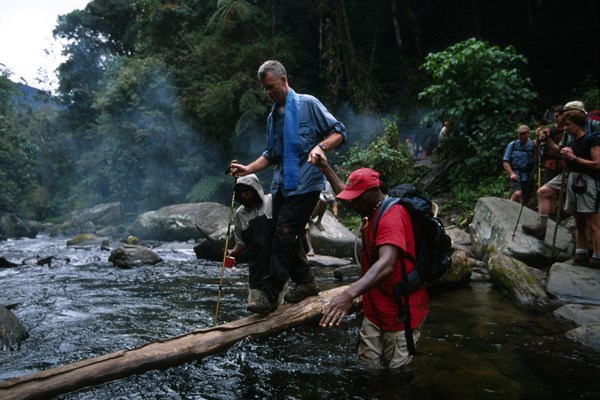
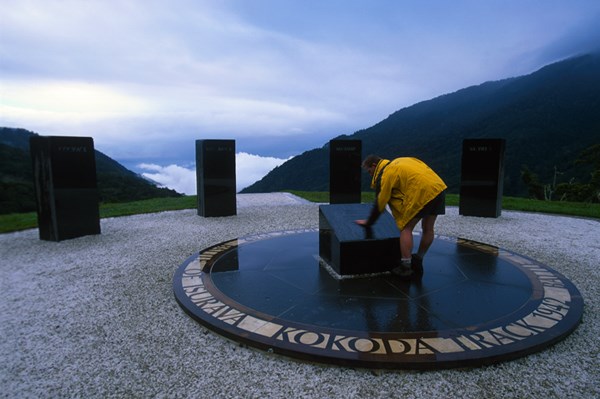
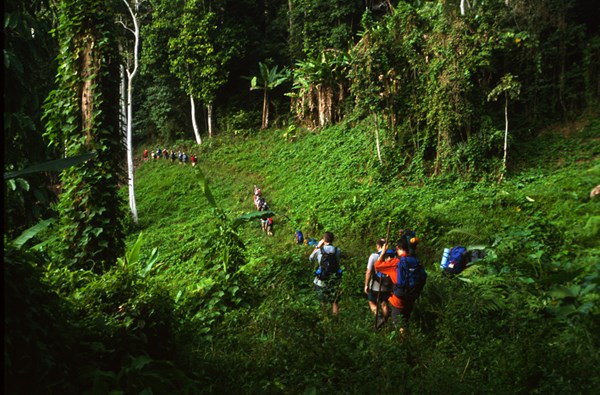
When to go
The wet and dry seasons in PNG are not as black and white as elsewhere in Asia. In practice, for most places the wet just means it is more likely to rain, the dry that it's less likely. Temperatures rarely get too hot but the humidity is always high and can be oppressing. PNG has one of the most variable climates on earth, which can confound the best of travel planning. The wet season is roughly from December to March and the dry is from May to October. April and November are anyone's guess. There are, however, plenty of exceptions to this. The months from June to September are cooler, drier and better to visit, but it's generally hot and humid year-round.
Preparation is the key to success
- Preparation is the key to success, think and plan ahead and start about 3-6 months out with the first part of your training program.
- Check your passport is valid, put $100 PNG Kina inside it for the visa on entry, take some spare local Kina also.
- 2-3 months out you're almost fit enough but visit your local travel Doctor and make sure your medications are bought in time and vaccinations completed well before.
- Get travel insurance as soon as you book your holiday to cover cancellation and the journey.
- Start wearing your boots in well ahead, you don't want blisters from new boots at the start of your trip.
- On the plane: wear your trekking boots and shirt in case of delayed luggage.
- Make sure you have a set of medications with you in carry on and a passport copy in both sets of luggage with your hotel and local contact numbers written on them, don't rely on electronic devices!
- Personal safety is OK but ask before you venture out on where not to go as there are some suburbs which are no go zones especially at night or on your own! Expect the unexpected and adjust to the pace of life in PNG which is much slower, more casual and less deadline orientated than at home!!
- Now = tomorrow, now-now=maybe today